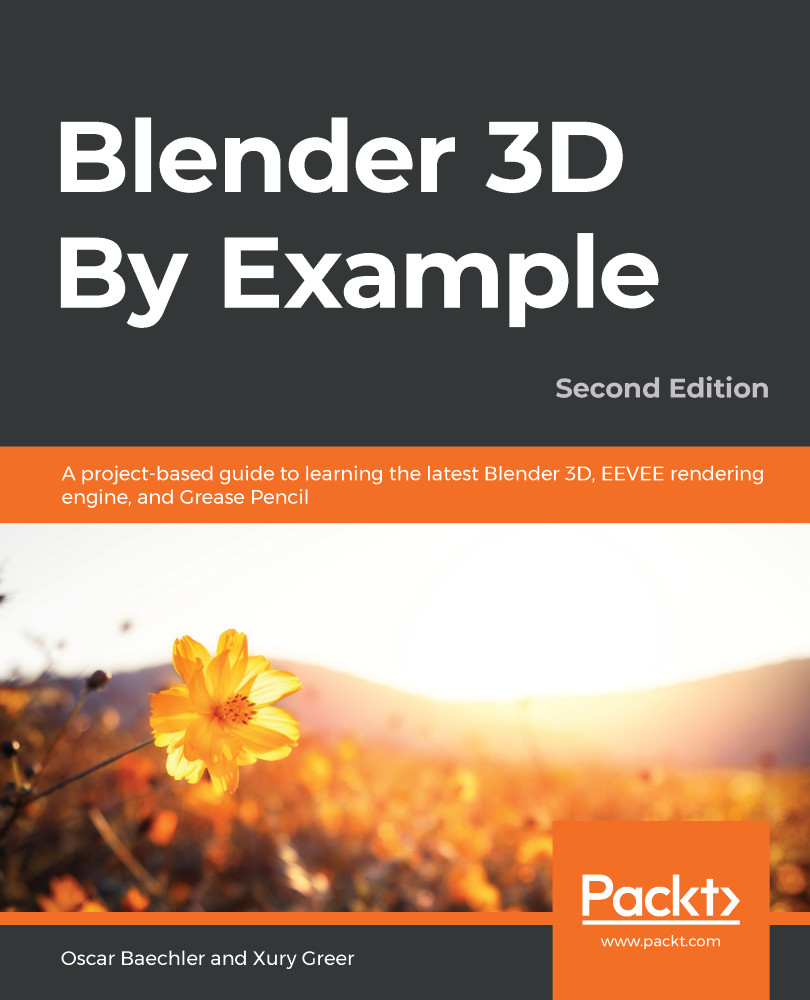Now that our preliminary sculpture is in place, we'll work on intermediate details. These encompass forms including muscles, bony landmarks, major wrinkles, and fat folds. Take a moment to make any final sweeping changes to your baby dragon, such as changing the size of the head or position of the limbs.
Organic forms tend to be made of three main categories: rigid structures such as bones and cartilage, the muscles and flesh attached to them, and surface details such as skin and scales that wrap around the overall form. While sculpting, keep that hierarchy in mind; muscles will deform around unchanging bones, and the skin around the muscles. When sculpting, break the form down into convex versus concave forms, and hard versus soft transitions.
As you gain confidence with how the brushes work, sculpting becomes a stream-of-consciousness activity...






































































